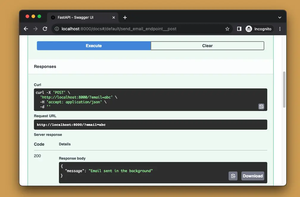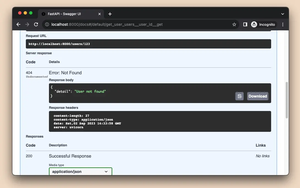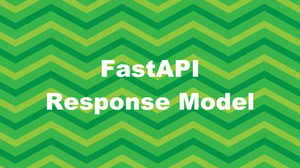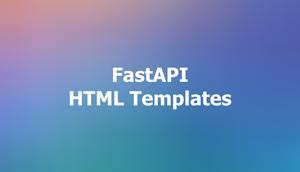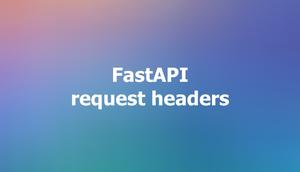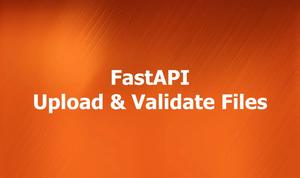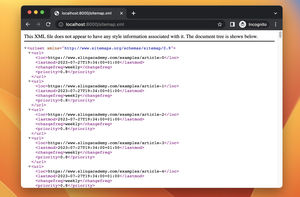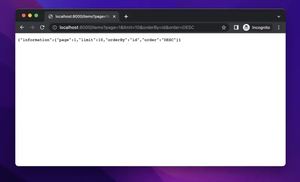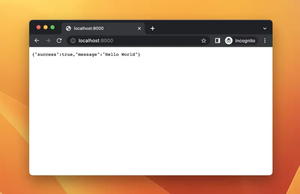Encountering a ValidationError when developing with FastAPI is not uncommon. This error usually indicates that the client has sent invalid data that does not conform to the schema defined using Pydantic models. The result of this violation is the raising of a ValidationError which, if not handled properly, can result in an unfriendly error response to the client. This guide explores possible reasons for this error and proposes various strategies to handle it effectively within a FastAPI project.
Solution 1: Use Pydantic Models
Ensuring data validation with Pydantic models. Below are the detailed steps that you can follow:
- Define your data model using Pydantic.
- Use Pydantic models as request payload types in FastAPI endpoints.
- FastAPI will automatically validate the request payloads against your Pydantic models.
Code example:
from fastapi import FastAPI, HTTPException
from pydantic import BaseModel
app = FastAPI()
class Item(BaseModel):
name: str
description: str = None
price: float
tax: float = None
@app.post("/items/")
async def create_item(item: Item):
return item
Advantages: Inherently provided by FastAPI; Pydantic offers comprehensive and customizable validation.
Limitations: If the data is invalid, errors are returned as automatic responses, which might not fit all use cases.
Solution 2: Custom Exception Handlers
Implement custom exception handlers for validation errors. Here’s the process to follow:
- Create a custom exception handler for
RequestValidationError. - Register the exception handler using the
@app.exception_handlerdecorator. - Return a custom response that suits your application’s needs.
Example:
from fastapi import FastAPI, Request, HTTPException
from fastapi.responses import JSONResponse
from fastapi.exceptions import RequestValidationError
app = FastAPI()
@app.exception_handler(RequestValidationError)
async def validation_exception_handler(request: Request, exc: RequestValidationError):
return JSONResponse(
content={"detail": exc.errors()},
status_code=400
)
# other endpoints...Advantages: Offers flexibility to handle validation errors in a way that is tailor-made for your application.
Limitations: Requires extra development time to set up custom error handlers.
Solution 3: Modify ValidationError Responses
Adjust the automatic validation error responses:
- Install and import the
fastapi.responsespackage. - Override the default response by assigning a custom one to
RequestValidationError. - Use customized content to provide more helpful error messages.
A practical code example:
from fastapi import FastAPI, Request
import uvicorn
from fastapi.exceptions import RequestValidationError
from fastapi.responses import PlainTextResponse
app = FastAPI()
@app.exception_handler(RequestValidationError)
async def validation_exception_handler(request: Request, exc: RequestValidationError):
return PlainTextResponse(str(exc), status_code=400)
# Example endpoint
@app.get("/")
async def root():
return {"message": "Hello World"}
if __name__ == '__main__':
uvicorn.run(app, host='0.0.0.0', port=8000)Advantages: Can enhance client-side data validation handling. Easy to implement for minor adjustments.
Limitations: Without thorough customization, may not completely address specific client-response needs.
